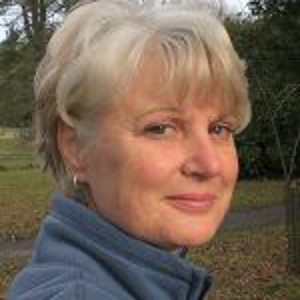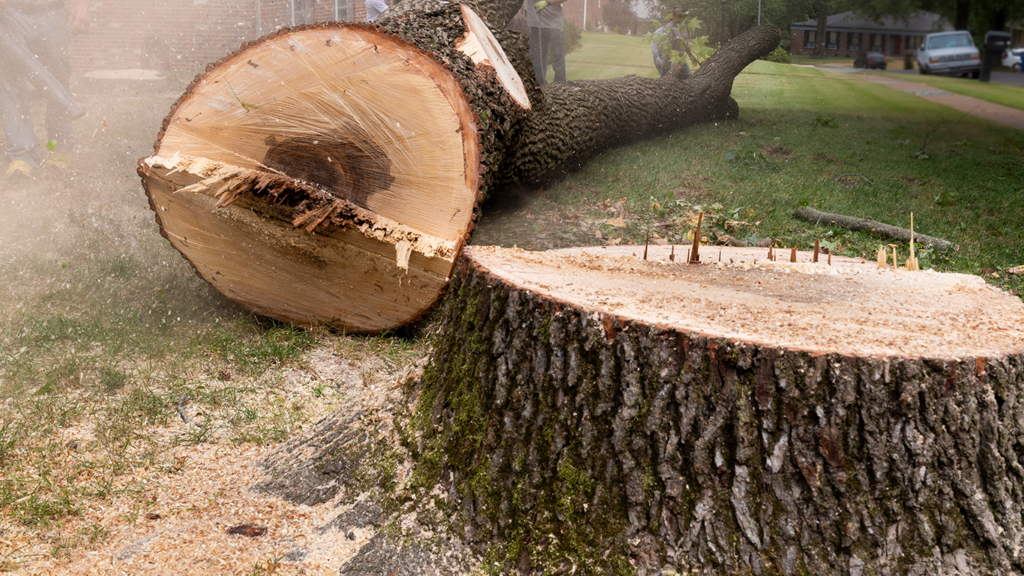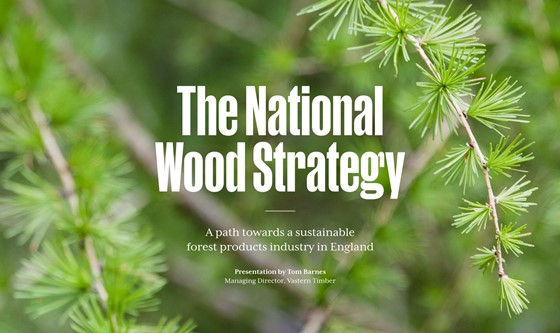This webinar was presented live via Zoom on 29 February at 18:30
Dr Joan Webber, Principal Pathologist and project leader at Forest Research presents her research on Phytophthora ramorum and offers an informed perspective on the future for larch in Wales.
This webinar, presented live on 29 February 2024, was aimed at sawmillers, tree growers, forest contractors and anyone interested in tree disease and the future for larch in Wales.

If you wish to participate in any of our upcoming webinars, please join our mailing list using the panel on the right. Future webinar recordings will only be available to those who register.












